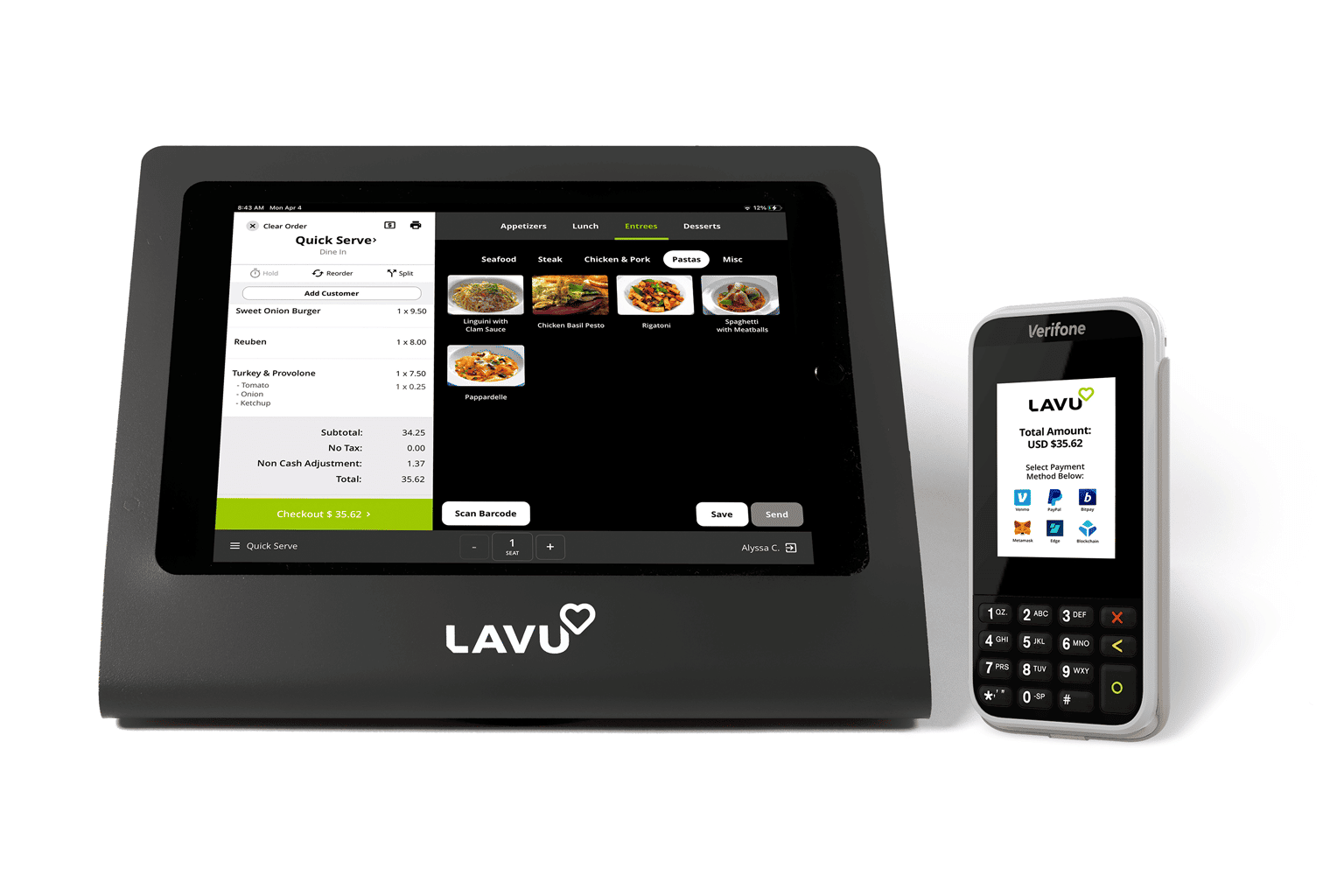How POS System Functions: A Comprehensive Overview for Entrepreneur

Understanding the Parts of a POS System

Just How Sales Purchases Are Refined
When a consumer decides to purchase, the sales transaction initiates a collection of systematic actions within the POS system. The cashier inputs the items being purchased, which are checked via a barcode visitor or by hand gotten in. This action gets product information, consisting of prices and relevant tax obligations, from the system's database.Next, the consumer is presented with the total quantity due. The POS system after that processes the payment, whether through cash money, credit report card, or mobile repayment methods (Restaurant POS Software). For electronic repayments, the POS securely communicates with settlement processors to authorize and verify the transaction.Once the settlement is validated, the system produces a receipt, which can be published or sent digitally. This receipt acts as proof of acquisition for the consumer. The purchase information is videotaped in the system, making sure accurate sales documents and financial monitoring for the business.
Supply Administration and Monitoring

Efficient supply monitoring and tracking are vital components of a POS system, as they guarantee that organizations maintain excellent stock levels and decrease discrepancies. A robust POS system enables for real-time stock updates, reflecting sales and returns instantaneously. This enables company owners to keep track of stock degrees precisely, guaranteeing that preferred items are readily available while stopping overstocking of much less preferred products.Additionally, advanced POS systems offer functions such as automatic supply alerts and reorder suggestions, enhancing the procurement procedure. Barcoding and RFID modern technology enhance precision in tracking inventory activity, lowering human mistake. Substantial coverage tools offer insights right into supply turn over rates, assisting services make educated decisions concerning acquiring and item offerings. Eventually, effective supply management through a POS system not just improves operational efficiency however likewise boosts customer fulfillment by ensuring product schedule.
Examining Client Data and Insights
Consumer information analysis functions as an effective device for organizations using a POS system (Restaurant POS Software). By collecting and taking a look at deal data, businesses can discover valuable insights concerning client actions and preferences. This evaluation enables them to determine acquiring trends, peak purchasing times, and preferred products, therefore notifying inventory decisions and advertising strategies.Additionally, companies can segment their client base, enabling personalized marketing initiatives that cater to particular demographics or buying behaviors. Comprehending customer commitment patterns likewise assists in establishing targeted promotions and rewards programs.The data gleaned from a POS system can likewise reveal insights right into customer responses, allowing services to make enlightened choices regarding item offerings and service improvements. Eventually, leveraging customer data effectively can improve the overall purchasing experience, foster customer satisfaction, and drive profits development
Benefits of Carrying Out a POS System
Frequently Asked Concerns
What Sorts Of Services Can Take Advantage Of a POS System?
Numerous services benefit from a POS system, consisting of retailers, dining establishments, hair salons, and e-commerce systems. These systems enhance purchases, supply administration, and consumer data, improving operational performance and improving client experience across diverse sectors.
Just how much Does a POS System Normally Cost?
The price of a POS system usually varies from a few hundred to several thousand dollars, relying on functions, hardware, and software program. Companies should take into consideration recurring charges for deal, upkeep, and support processing when budgeting.
Can I Integrate a POS System With Existing Software?
Incorporating a POS system with existing software application is frequently possible. Several systems use APIs or built-in compatibility functions, permitting organizations to simplify procedures and boost capability by attaching numerous software program applications efficiently.
What Training Is Needed for Team to Utilize a POS System?
Training for team to utilize a POS system usually includes understanding software functionalities, refining purchases, handling supply, and taking care of customer get more info interactions. Practical demonstrations and click here hands-on technique sessions enhance effectiveness and self-confidence being used the system successfully.
What Happens if the Net Drops While Making Use Of a POS System?
Purchases might be interrupted if the net goes down throughout POS system use. Several systems use offline capacities, enabling standard operations to continue, however full functionality, including real-time supply updates, will be limited. A Point of Sale (POS) system is made up of several crucial parts that function together to promote purchases and take care of service operations. Efficient supply management and monitoring are important elements of a POS system, as they ensure that services keep ideal supply levels and decrease discrepancies. Customer data analysis offers as an effective tool for services making use of a POS system. Understanding consumer loyalty patterns likewise assists in creating targeted rewards and promos programs.The data gleaned from a POS system can additionally disclose understandings into client responses, enabling services to make informed decisions regarding product offerings and solution renovations. Applying a POS system offers numerous benefits that can significantly boost business procedures.